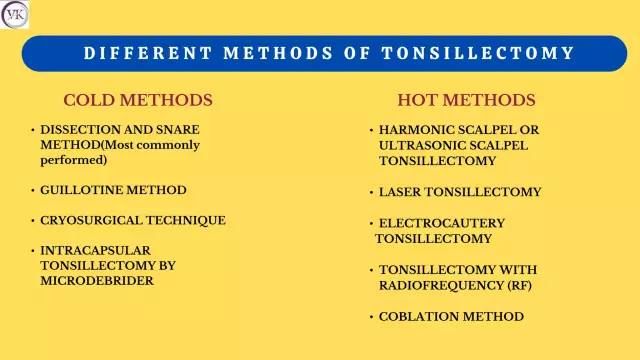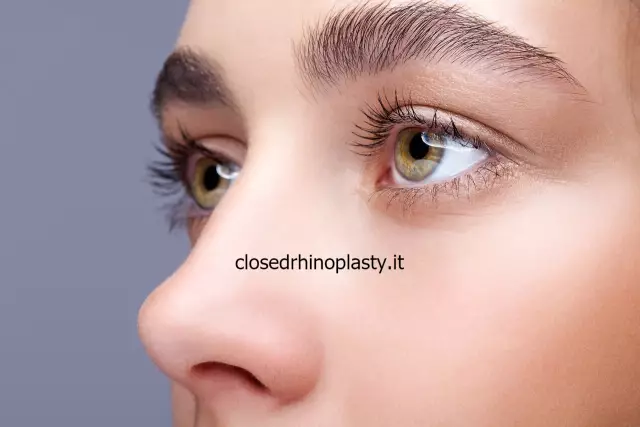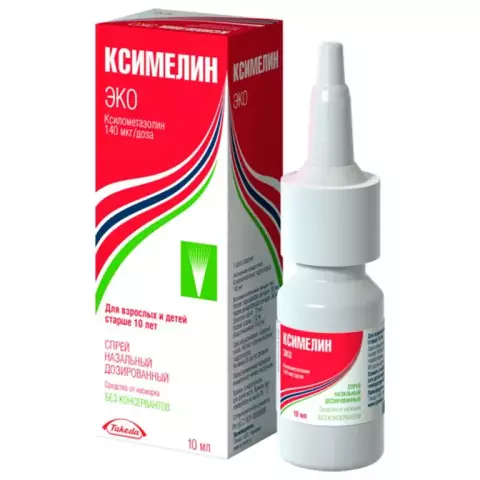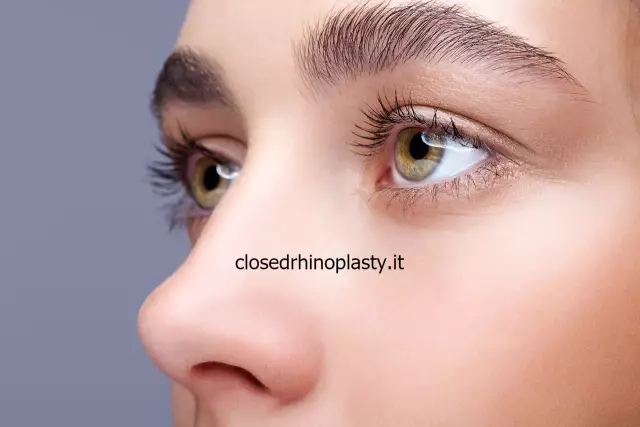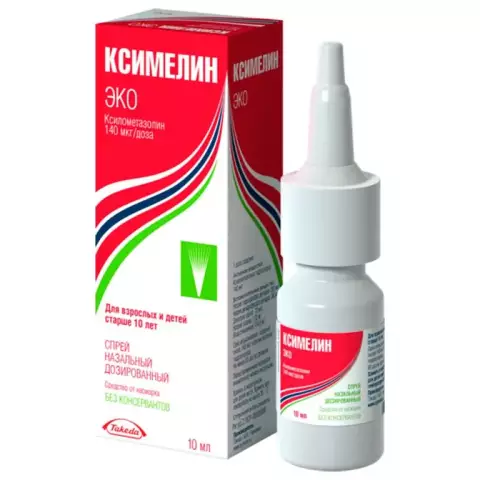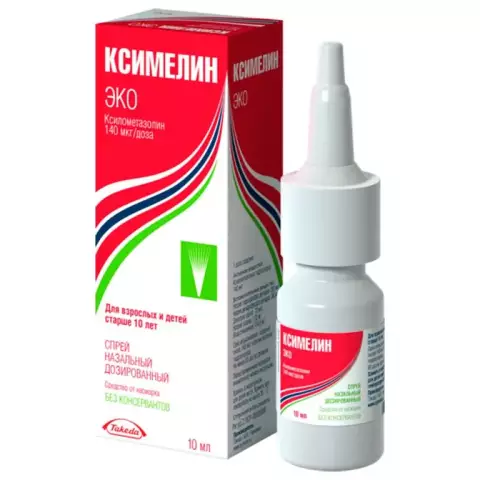- Author Rachel Wainwright [email protected].
- Public 2023-12-15 07:39.
- Last modified 2025-11-02 20:14.
Balneotherapy

Balneotherapy is the use of artificially prepared and natural mineral waters for the treatment and prevention of various diseases. Balneotherapy includes many (over thirty) different procedures.
Until the beginning of the nineteenth century, spa treatment mainly consisted of balneotherapy procedures - bathing and baths with mineral water. The patients' stay in the pools lasted nine to ten hours and was accompanied by small talk. At that time, it was believed that medicinal water, penetrating through the skin pores, washes away the rudiments of any disease.
Indications for balneotherapy procedures
Balneotherapy procedures are prescribed for diseases of the musculoskeletal system, nervous system, circulatory system, and respiratory organs. Balneotherapy is also used for nutritional disorders and metabolic disorders, for diseases of the subcutaneous tissue and skin, for chronic intoxications, diseases of the blood and blood-forming organs, for eye diseases, diseases of the endocrine system, urinary tract and kidneys.
General contraindications to the use of balneotherapy
Balneotherapy procedures are not recommended for malignant neoplasms, severe atherosclerosis, severe diabetes mellitus, thyrotoxicosis, epilepsy, weeping dermatitis and fungal skin diseases. You should not use balneotherapy after a recent myocardial infarction or stroke, with aneurysm of the heart and large vessels, with a tendency to dynamic disorders of the coronary and cerebral circulation, with a tendency to bleeding, with acute inflammatory processes in the body.
The main methods of balneotherapy
In balneotherapy, mineral waters are used for preparing baths, for drinking, as well as for gastric, intestinal, vaginal and other irrigations, lavages and wraps. The principle of action of baths from medicinal waters consists of the influence of hydrostatic, mechanical, radioactive, temperature and chemical factors on the patient's body. When using balneotherapy methods, the specific effects of mineral water are complemented by mechanical irritation of muscles, skin and tendons or physical exercises. In our time, among all the known methods of balneotherapy, the most widespread are salt, radioactive (radon) and gas (hydrogen sulfide, carbon dioxide, nitrogen) baths. Carbon dioxide baths actively affect the respiratory and circulatory system. Dry carbon dioxide baths are used for various forms of severe diseases. In special installations, the patient is exposed to a steam-air mixture with an increased concentration of carbon dioxide.

The use of baths with hydrogen sulphide as balneotherapy restores the disturbed balance of nervous processes, and also stimulates the functions of the gonads, thyroid gland, has anesthetic and anti-inflammatory effects. Hydrogen sulfide contained in water enters the bloodstream through the respiratory tract and skin.
Nitrogen baths have analgesic and sedative effects. They lower blood pressure, improve hemodynamics.
Salt baths are prepared from sodium bromine iodine, sodium chloride mineral waters, brine from estuaries and lakes, sea water. Such baths have pronounced hydrostatic and thermal, soothing and analgesic effects. Radon baths also have analgesic and calming effects. They are used for diseases of the musculoskeletal system and the peripheral nervous system.
Contrast baths with alternating use of mineral water of different temperatures are prescribed to improve hemodynamics in case of skin diseases, leg ulcers, endateritis of the lower extremities.
Irrigation of the patient's head and face (local shower) is used for diseases of various parts of the head and face, neuroses and neuralgia, with seborrhea.
Balneotherapy in the form of an ascending (perineal) shower is prescribed for diseases of the genital organs, prostatitis, hemorrhoids.
Shower massage with sulfide water is prescribed for diseases of the musculoskeletal system, peripheral nervous system, as well as obesity.
Therapeutic pools with sea water, with sulfide, sodium chloride medicinal waters are usually used for therapeutic exercises for diseases of the musculoskeletal system.
Found a mistake in the text? Select it and press Ctrl + Enter.

